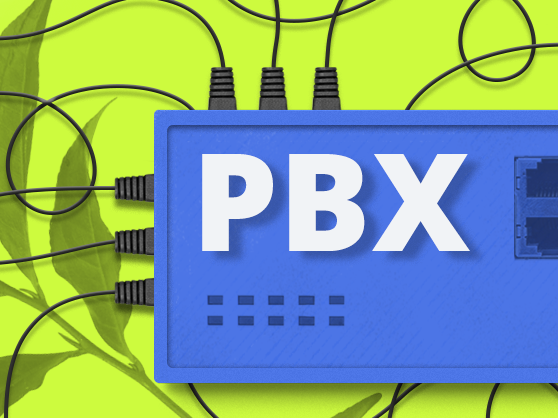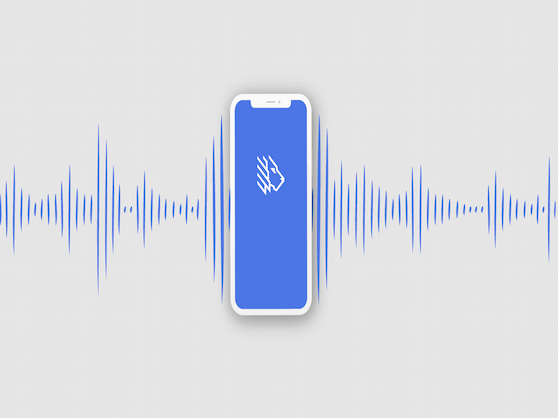Don’t have enough confusion in your life? Check out Abbreviations.com’s list of telecom acronyms.
On this site, you can browse 2,524 acronyms and abbreviations, from “AA” to “ZUD,” all related in some way to digital telephony. You may even recognize a few terms such as “SIP,” “VOIP,” and everyone’s favorite, “PBX.”
Miraculously, Abbreviation.com’s list isn’t even 100 percent complete. Where, for instance, is “IVR”?
I’m having a bit of fun here, of course. But I have a point. We live in the age of TMA: Too Many Acronyms, a time when using the phone has become extraordinarily complicated. (Not surprisingly, there’s an amusing YouTube video on the topic of Acronym Overload.)
Years ago, you simply picked up the receiver to answer a call at home or dialed a number to place one. At the office, you might have had a desk phone with two lines. When you were on line one and the line two button started blinking, you could put line one on hold and answer line two.
That’s as complex as it got. You didn’t need an instruction manual for your phone. Fast-forward to 2014, when the Samsung Galaxy S5 smartphone has a 249-page instruction book — and it’s not even a mixture of languages; it’s all in English.
Running a business, whether it’s a sole proprietorship or an enterprise, is complex enough without having to learn about SIP, VOIP, PBX, and IVR. So why not simplify with a virtual phone system like MightyCall?
MightyCall is easy to set up and use. With the latest telephony call center and phone distribution technologies, it gives you everything you need to run your business well (without filling your head full of acronyms): a 24-hour automated attendant to answer calls; customizable greetings for day or night; extensions for everyone on your team; call forwarding to any phone; call screening alerts; and more.
Give MightyCall a try. I’ll think you’ll find it more than “A-OK.”































